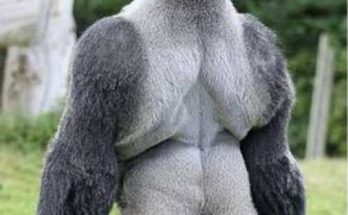How many girlies are doing different subjects across UK unis in 2024? We did some serious girl math to figure it out.
Overall, there are more girlies studying at UK unis in 2024 than men. Maybe I should take this as evidence that women are cleverer than men?
However, there is still a dire shortage of women in STEM. 59.0 per cent of humanities students are girls, compared to 54.1 per cent of STEM students. The science subjects which girls do study tend to be “soft” sciences like veterinary science and medicine. Meanwhile, the most popular humanities subjects among men are architecture and business, which lots of humanities girlies probably wouldn’t even count as humanities subjects.
The most popular uni subject among girlies at UK unis in 2024 is veterinary science. I guess a lot of us never moved on from the fantasy of being a vet on some kind of animal rescue farm. At the other end, only 21.2 per cent of engineering and technology students are women. This feels like poor feminism.
This data comes from the Higher Education Statistics Agency (HESA) and refers to both undergrads and postgrads.
So, here are all the uni subjects ranked by the percentage of girlies studying them in 2024:
21. Engineering and technology – 21.2 per cent
20. Computing – 24.6 per cent
19. Mathematical sciences – 36.5 per cent
18. Architecture, building and planning g- 38.4 per cent
17. Physical sciences – 44.4 per cent

Woman in STEM
16. Business and management – 46.9 per cent
15. Biological and sport sciences – 50.5 per cent
14. Geography, earth and environmental studies (natural sciences) – 53.0 per cent
13. Historical, philosophical and religious studies – 55.6 per cent
12. Geography, earth and environmental studies (social sciences) – 56.1 per cent
11. Media, journalism and communications – 60.1 per cent
10. Combined and general studies – 62.5 per cent

Woman in museum
9. Agriculture, food and related studies – 62.9 per cent
8. Medicine and dentistry – 63.2 per cent
7. Law – 63.3 per cent
6. Design, and creative and performing arts – 64.1 per cent
5. Social sciences – 66.3 per cent

Woman in pub
4. Language and area studies – 72.3 per cent
3. Education and teaching – 77.4 per cent
2. Subjects allied to medicine – 79.3 per cent
1. Veterinary sciences – 83.5 per cent


